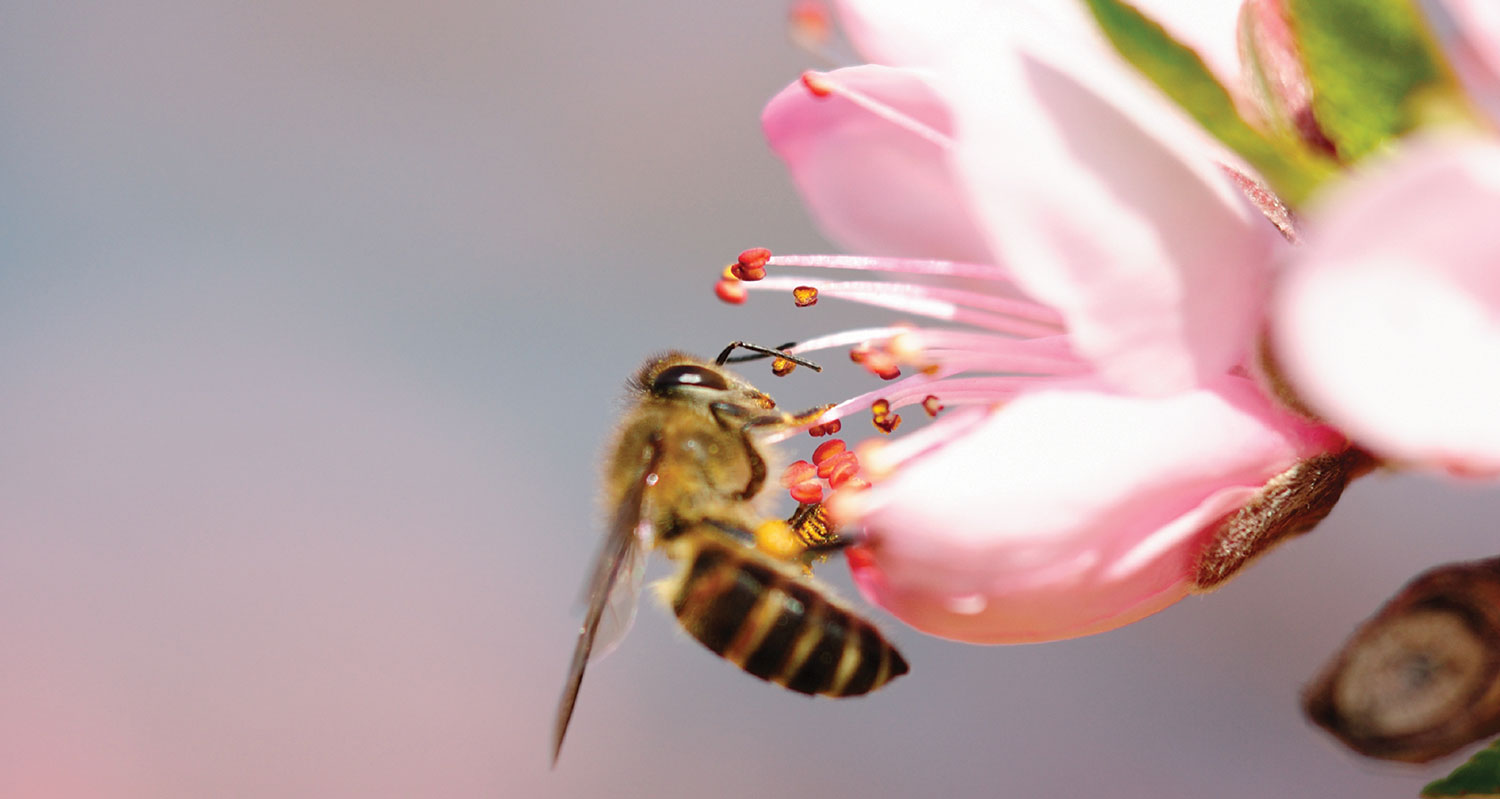As part of a research project funded by the Honey Bee and Pollination Program, Professor Ben Oldroyd from the University of Sydney recommended that the biosecurity risk assessment for LAHB be changed from ‘medium risk’ to ‘high risk’.
While the pest is yet to spread to Australia, the risk assessment identified the potential danger of importation of eggs, larvae or pupae in dung should be considered ‘medium’, and that the likelihood of establishment after importation is high.
The likely economic impact of LAHB is also deemed ‘high’ in the research report.
As a result of the review, Plant Health Australia prepared a support document reinforcing the review findings, which have now been agreed to by the National Bee Biosecurity Program Steering Committee and the Plant Health Committee.
Chairman of the Honey Bee and Pollination Program Advisory Panel, Dr Michael Hornitzky, said the swift action of industry and government is testament to the quality of research being provided through the Program.










